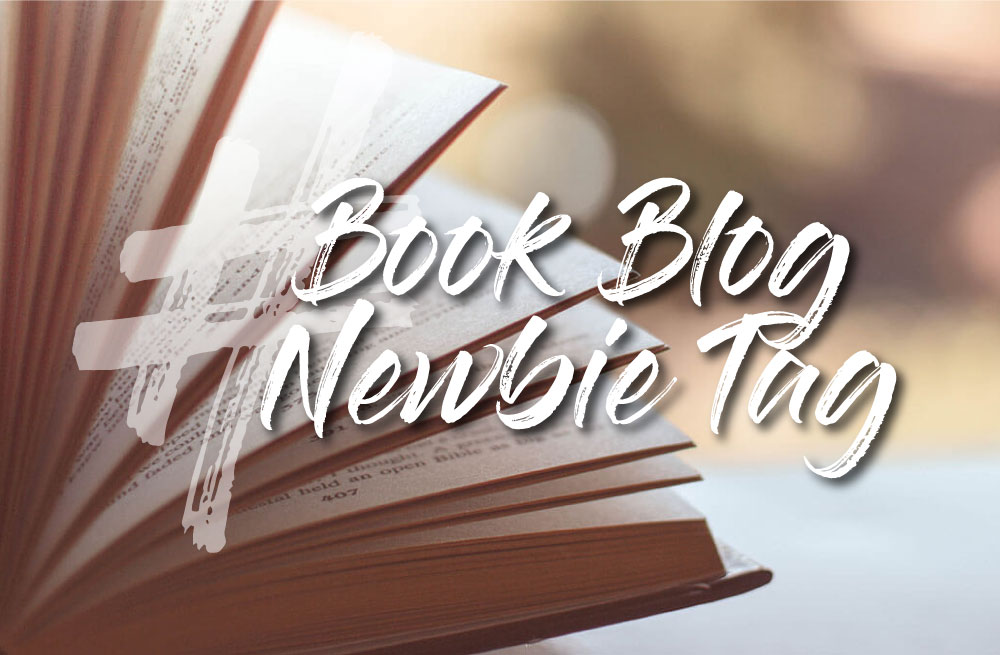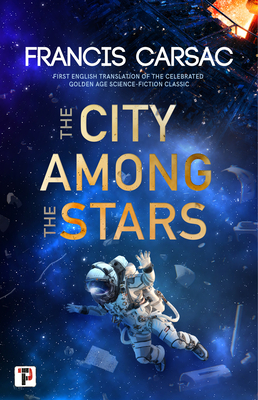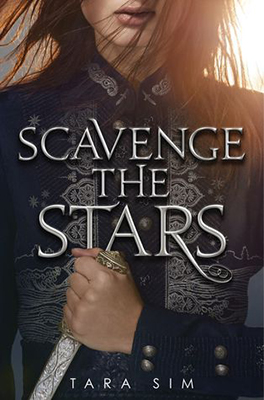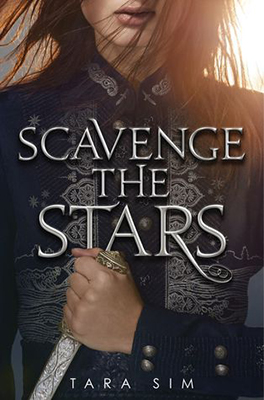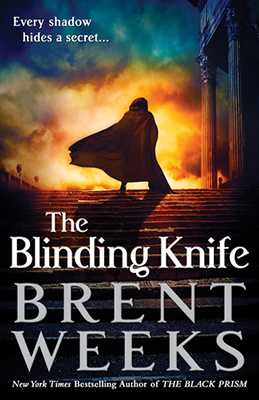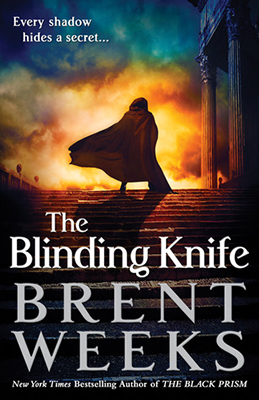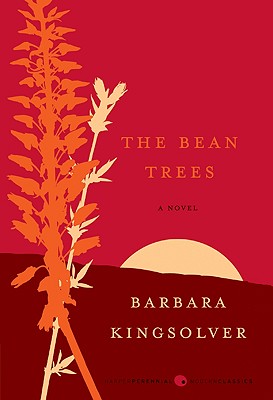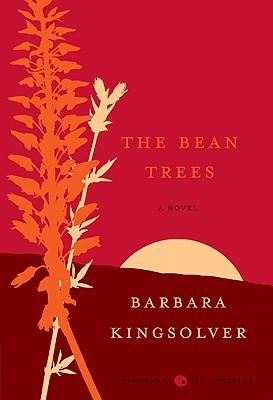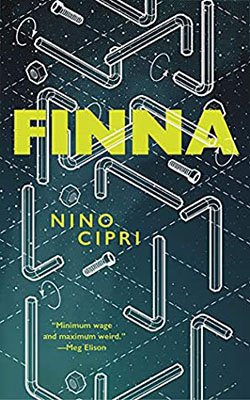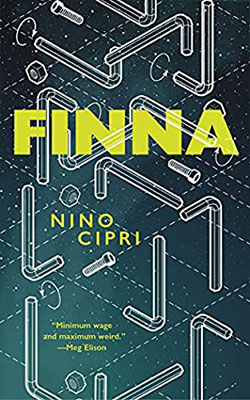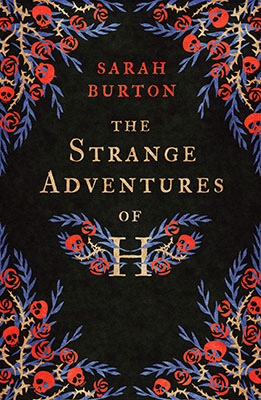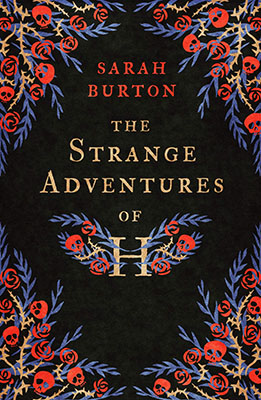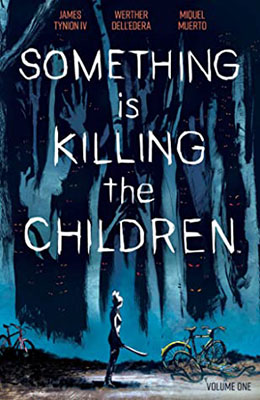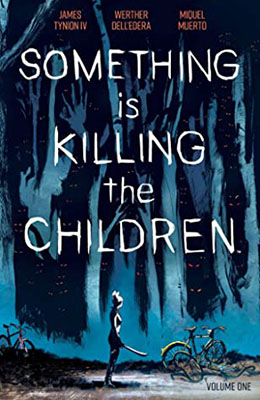
Authors agonize over how to start their books, and the rest of us agonize over how to start a blog! There’s a few good ways I can think of: a list of your favorite books of all time, an introduction to what you usually read, a book tag… Well, I’ve chosen book tag!
According to Emily @TheBookishLounge, the Book Blog Newbie Tag was originally the BookTube newbie tag, and was adapted to book blogging by Love and Other Bookish Things. I can’t find the Love and Other Bookish Things blog now, but the original BookTube Newbie Tag was created by Brenda C.
1. Why did you start this blog?
“Here are some common reasons why we may deny your NetGalley request: You only review for Goodreads and/or only post reviews on a bookseller’s website. We can only approve reviewers who are affiliated with a blog or other legitimate outlet at this time.”
I have to be honest with you, dear strangers filled with a love of books that has led you to this introductory blog post: I love writing book reviews and I extra love writing book reviews for books that haven’t been published yet. I’m an eARC kind of person. And I never want to receive the above email again!
2. What are some fun and unique things you can bring to book blogging?
I’m hoping to write some essay-like posts that really go in depth with some of my favorite books. I think it’s so interesting to read those kinds of academic posts, but they’re hard to write since none of us want to relive 12th grade English class! They’d also take longer and wouldn’t be regular content, but it’s something I’d really like to explore.
3. What are you most excited for about this new blog?
I’m just excited to talk about books! I really do like reading and reviewing a large variety of books, but there aren’t a lot of people in my life that have the same joy, and those that do have very different reading tastes than me. The bookish community online seems really cool and I’m very excited to be a part of it.
4. Why do you love reading?
I often think about how wild it is that there are people who live lives that are completely unlike mine. Last November my fiancé and I went on a road trip and I found myself looking at the houses we passed and realizing that there is no way I could start to imagine day-to-day life for the people who lived in them. Books give us a glimpse into other people’s lives, even if they’re fiction. And to be able to read stories that are written by people with such different life experiences is a privilege that I am delighted to partake in.
5. What book or series got you into reading?
For this question I’m going to list the books that got me back into reading, which I’ll explain later in question #8. And for that I must credit the Night Angel Trilogy by Brent Weeks, which is my fiancé’s favorite series; the Southern Reach Trilogy by Jeff VanderMeer; and…Animorphs. Yep, at the end of 2018 and beginning of 2019 I read the entire Animorphs series. It really threw my Goodreads challenge.
6. What questions would you ask your favorite authors?
How do you get inspiration for your setting? What goes into creating a setting?
I’m a sucker for a strong setting and atmospheric writing and I really admire authors that can accomplish that, so I’d want to find out more about that, especially from authors that do it well!
7. What challenges of starting a blog will be hardest to overcome?
Generation of ideas! This blog will be mostly book reviews, but I am a relatively slow reader (compared to most other reviewers and bloggers), so I’m not sure I’ll be able to get a review up for every post. I’m planning on posting twice a week, on Tuesdays and Fridays, so sometimes I will need to have a non-review post… it will be challenging to think of those!
8. When did you start reading?
Like many people, I was a voracious reader in elementary and middle school, but mostly dropped off in high school and college. I really started reading again my junior year of college when I studied abroad. I am completely indebted to my library for their extensive use of library apps like Overdrive and Hoopla for keeping me entertained through my study abroad semester.
9. Where do you read?
I mostly read right before bed as part of my nighttime routine, so a lot of it happens in bed. Maybe that will change in the future when I move into my own apartment—I’d really like to have a nice armchair to read in.
10. What kind of books do you read?
Fantasy is definitely my heavyweight genre—so far in 2020, about half of all the books I’ve read are fantasy books, but I’m trying to branch out a little more. I am really getting to enjoy some “strange” books, stuff like Borne by Jeff VanderMeer, Bunny by Mona Awad, or magical realism. Overall, fantasy is most of my reading but I’m not too picky and like to read tons of genres. I mainly stay away from romance, because I think I’m very hard to please with romantic relationships. I hate them in my non-romance books, but I’m sure that they’re done much better in actual romance genre books and I would enjoy it more. Still, I just don’t really read them a ton.
And that’s it!
I’m really looking forward to starting this blog and hope that you’ll join me for the journey! If you’re interested in what kinds of books I read, I’ve already posted some book reviews that I’ve written to this blog, and you can also check out my Goodreads.
